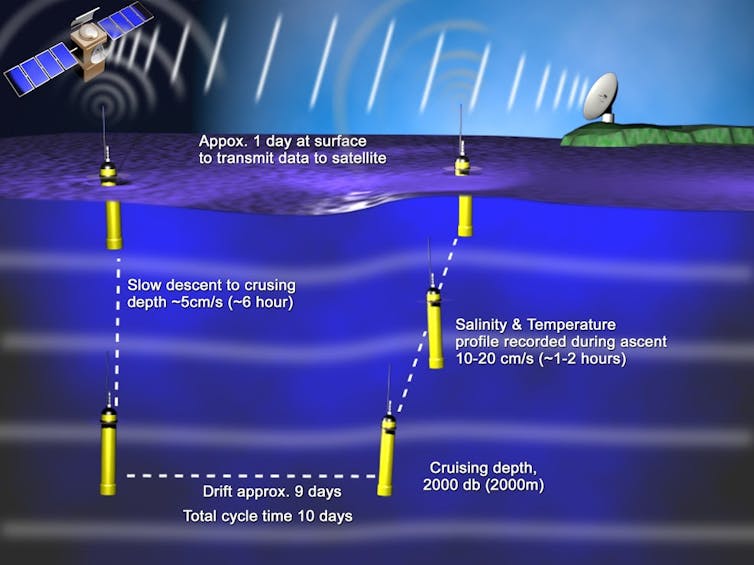Continuing Ian Angus’s examination of the ‘deadly trio’ of CO2-driven assaults on ocean life. Part three: ocean warming and permanent heatwaves
“Triple Crisis” has been published in three parts
-
- Part One: Corrosive Seas
- Part Two: Running Low on Oxygen
- Part Three: The Heat of 3.6 Billion Atom Bombs
| “The world’s oceans (especially the upper 2000 m) in 2019 were the warmest in recorded human history…. The past five years are the top five warmest years in the ocean historically with modern instruments, and the past ten years are also the top ten years on record.”[1] |
Until the 1970s, the constant flow of energy that Earth receives from the sun was offset by heat reflected back into space, so the planet’s overall energy level did not change very much over time. The amount of incoming solar energy has not changed, but rising concentrations of greenhouse gases are trapping ever more of the reflected heat, preventing it from leaving the atmosphere. Climate scientists call this Earth’s Energy Imbalance.
The excess energy is not distributed evenly through the Earth System. Although global warming is usually expressed as increased air temperatures, the ocean is actually much better at storing heat than the atmosphere — one degree of ocean warming stores over 1000 times as much heat energy as one degree of atmosphere warming — so it isn’t surprising that the ocean has taken up most of the excess solar energy. Just seven percent warms the air and land and melts snow and ice — 93 percent is absorbed by the ocean.[2]
…click on the above link to read the rest of the article…

















